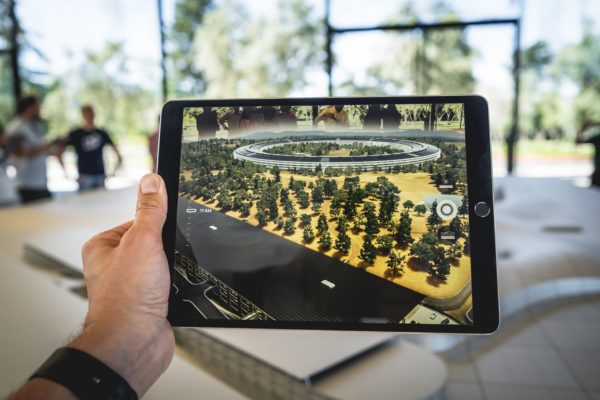A revolutionary way to pasteurise milk could extend shelf life while maintaining higher nutritional value.
On Boxing Day 2014, Dr Sri Balaji Ponraj received a belated Christmas present – proof his innovative technique for decontaminating milk using plasma could actually work.
Checking his samples of cows’ milk treated with plasma, Dr Ponraj, then a PhD candidate with Deakin University’s Institute for Frontier Materials (IFM), discovered all the bacteria in the samples were dead.
The development came after a year of trying different approaches to decontaminate milk, a process achieved for the past 150 years using the technique developed by Louis Pasteur in 1864 which heats milk to a specific temperature for a set period of time, killing dangerous bacteria but potentially limiting the milk’s full nutritional value.
‘Previous studies indicated that plasma have the potential to decontaminate microbial populations like bacteria, algae and viruses in solid and liquid matrices,’ Dr Ponraj said.
[testimonial_text]Our proposal was that plasma treatment in milk could simultaneously kill bacteria and extend shelf life while maintaining the nutritional value.[/testimonial_text]
[testimonial_picture name=”Dr Sri Balaji Ponraj” details=”Deakin University Institute for Frontier Materials (IFM)”]
 [/testimonial_picture]
[/testimonial_picture]Plasma, the fourth state of matter after solid, liquid and gas, is created when a gas, like argon, is subjected to an electrical field.
The technique developed by Dr Ponraj with fellow IFM scientists plasma pioneer Dr Jane Dai, Dr Julie Sharp and Professor Kevin Nicholas injects argon gas into milk which is then energised between two electrodes immersed in the milk.
Three years after his Boxing Day breakthrough, Dr Ponraj, who graduated with his PhD last December, is working with Dr Sharp on scaling-up the plasma decontamination method, which has attracted great interest from the dairy industry. It also has potential for decontaminating other liquids such as fruit juices and water.
While performing the same function as traditional pasteurisation, the plasma method is ‘less aggressive’ according to Dr Ponraj, meaning milk lasts longer (greater than six weeks, compared to two to three weeks with current methods) and maintains more of its nutritional value, addressing increasing consumer demands for safe, fresh and nutritious food products.
‘Our results have shown that macronutrients like proteins, lipids (and fatty acids) and carbohydrates in milk were significantly retained after plasma treatment,’ Dr Ponraj said.
‘We’ve also found that micronutrients were significantly better in milk treated by plasma. These results show that plasma treated milk represents good milk quality.’
Dr Sharp, a cellular and molecular biologist with expertise in mammary gland biology and bioactive compounds in milk, said heating milk during traditional pasteurisation could destroy much of its biological activity.
‘We know that heating up the proteins in milk degrades them and they lose their activity. If we didn’t have to heat them and could leave them in their original form, they could retain their biological activity and our bodies could make better use of them,’ she explained.
[testimonial_text]It’s about finding the balance between getting rid of the bacteria and maintaining the activity of each of the proteins.[/testimonial_text]
[testimonial_picture name=”Dr Julie Sharp” details=”Deakin University Institute for Frontier Materials (IFM)”]
 [/testimonial_picture]
[/testimonial_picture]Dr Ponraj and Dr Sharp said this aspect of the plasma treatment also held potential to improve hospital supplies of human breastmilk, helping expressed milk to last longer and retain the bioactivity essential to the gut development of pre-term babies.
‘Formula-fed pre-term babies have a higher incidence of necrotising enterocolitis – a disease that causes necrosis in the lower intestines and often results in the baby’s death – than pre-term babies who are breastfed,’ Dr Sharp said.
‘Babies need milk that maintains its biological activity, but we can’t feed unpasteurised breastmilk to someone else’s baby. That’s where the plasma treatment comes in as a way to decontaminate the milk while maintaining that vital biological activity.’
Main photograph: Dr Sri Balaji Ponraj and Dr Julie Sharp
Published by Deakin Research on 8 March 2018



